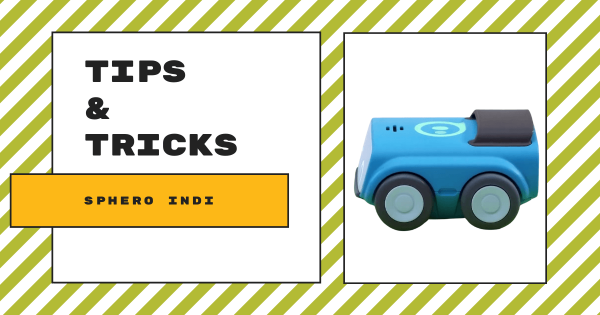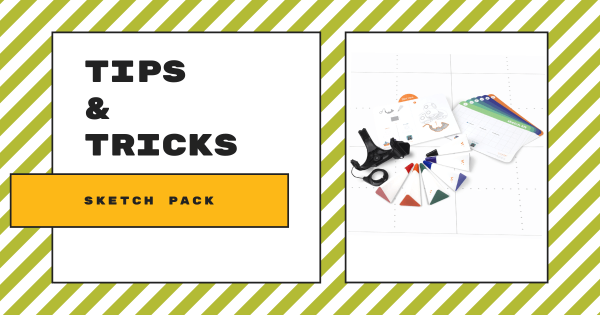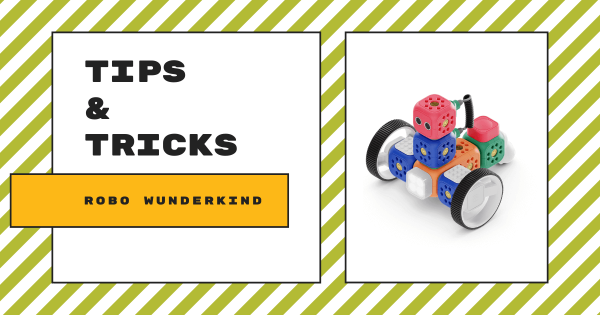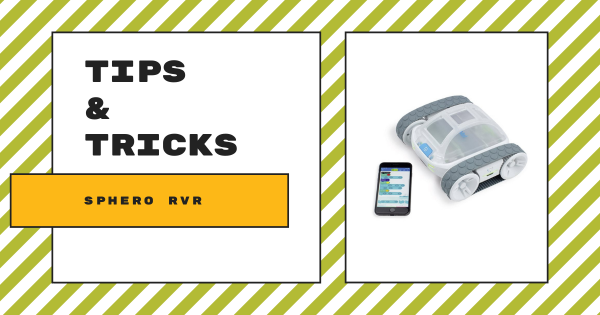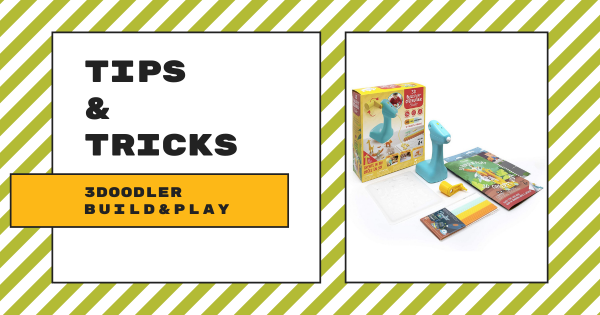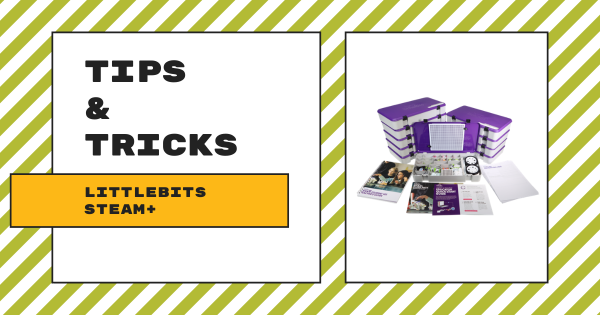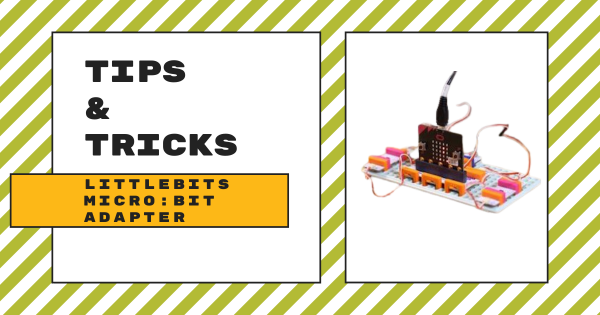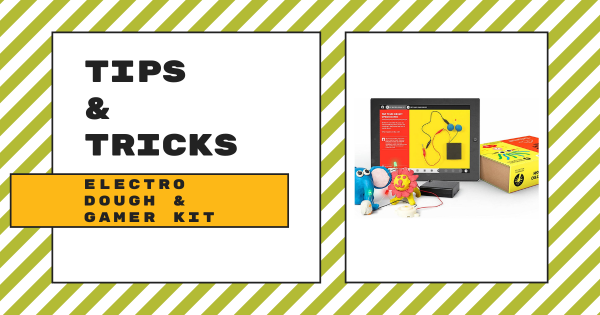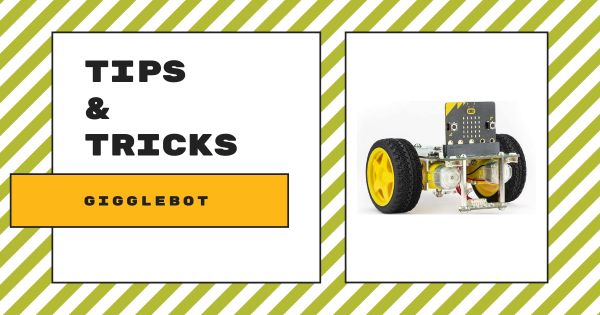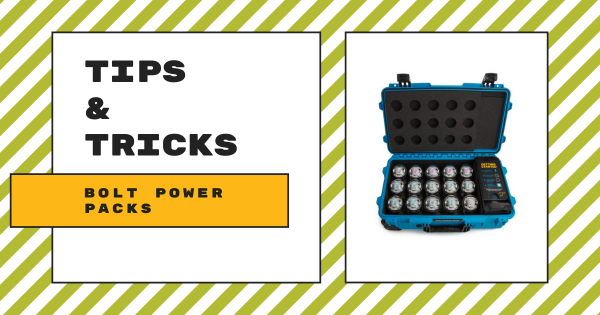While not quite ready to ship to educators, the Sphero indi robot will be impactful. Seeing a need for coding in early education, the Sphero team designed the indi to provide that option. The indi is perfect for students from ages 4-7 and provides them with hugely beneficial opportunities for screenless coding and learning.
Tips & Tricks
When it comes to integrating new EdTech tools effectively, it's understandable that some teachers are hesitant. In our Tips & Tricks series, we aim to help simplify integration for teachers new to certain tools. Since we offer a wide variety of STEM solutions on our store, both the EdTech brands and products that appear in this series are each extensive. Whether you are looking to learn more strategies for teaching coding with the Bee–Bot, trying to find some troubleshooting tips for the Dash Robot, or simply trying to broaden your EdTech horizons, we're confident you'll find some useful content here. Most of these guides feature simplistic language and easy-to-understand breakdowns as well. From start to finish, educators, technologists, administrators, and librarians can learn about optimizing these tools in their unique educational environment.
Also, no product lines or STEAM disciplines are off the table. As you might know, our store has hundreds of EdTech and maker solutions—from simple to complex. Starting in the early grades, we know educators need guidance. That often does not change for those teaching at the high school level. So, you may find Tips & Tricks for the simplest of technologies, like the Cubetto Robot. You may also benefit from learning about integrating 3D printing projects in high school classes using MakerBot CloudPrint. Our expertise and relationships with professionals from many of today's best EdTech manufacturers have helped us identify the key elements teachers are wondering about and present them with easy-to-find hints in a concise way. We are always adding new content and updating these posts as well. So, check back every other Wednesday for the latest edition of our Tips & Tricks series.
-
Tips & Tricks | Wonder Workshop Sketch Pack Accessories
The first and most obvious thing that’s great about the Sketch Pack is that it allows students to truly combine STEM and STEAM. It provides a surface and a few accessories to turn the Dash or Cue into a writing utensil. Students can slide a marker into the specialized slot and then write programs that tell the robot how to -
Tips & Tricks | Robo Wunderkind + Coding Apps
The Robo Wunderkind line allows early education students to get hands-on with building and programming robots. Designed for kids as young as five years old, each of the three kits feature constructible components for building robots. Once they build the robot they want, kids can program them using one of three mobile apps. -
Tips & Tricks | Sphero RVR All-Terrain Robot
One important feature of note is that the RVR is all-terrain. Unlike its spherical predecessors, the RVR is shaped like a car and has treads, torque, and a precision control system to help it tackle the most uneven of surfaces. Besides that, the RVR is compatible with third-party hardware and programmable using the Sphero Edu app! -
Tips & Tricks | The 3Doodler Build & Play
With the 3Doodler Build & Play, inventing is much more accessible for even the youngest children. Its own take on 3Doodler’s classic 3D printing pens, the Build & Play is a simplified machine that kids as young as four can use for creating three-dimensional objects in almost any learning environment. So, head inside to learn about using it with Pre-K -
Tips & Tricks | littleBits STEAM+ Class Pack
The littleBits STEAM+ Class Pack supports up to 30 students with screen-free activities, purposefully selected Bits, and cross-curricular lessons. It includes tons of Bits and 10 carrying cases to help educators maximize STEAM learning and facilitate student creativity in any educational environment. -
Tips & Tricks | littleBits micro:bit Adapter
To use their littleBits micro:bit Adapter, kids will need a micro:bit V2, which are available on our store separately. The micro:bit board slides easily into the slot on the top of their micro:bit Adapter and fastens securely, allowing students to incorporate MakeCode programs in littleBits circuits. Read on to learn more about this valuable STEAM and CS accessory. -
Tips & Tricks | The Electro Dough And Gamer Kits
Finding some engaging and academically stimulating solutions for children regardless of where they are learning has become the top priority for some and that’s certainly something we can support. In this week’s Tips & Tricks blog, we are taking a look at two Tech Will Save Us kits that also work well for hybrid learning in the Electro Dough and -
Tips & Tricks | Dexter Industries' GiggleBot
The GiggleBot is the main component of this micro:bit-powered robot and construction kit. It boasts a variety of programmable features, including its brightness sensor, LEDs, motors, and a line following device. Children can assemble it in as little as five minutes and it includes everything that they’ll need—just connect the batteries, micro:bit, and wheels to get started! -
Tips & Tricks | Sphero BOLT Power Packs
The BOLT Power Pack was adapted from the SPRK+ Power Pack except it now supports charging the Sphero BOLT. It holds 15 BOLTs and is available as an all-inclusive set with robots and accessories (charging cradles/cables, protractors, turbo covers, maze tape rolls, and stickers) and also as an empty pack for those who already have BOLT robots.




